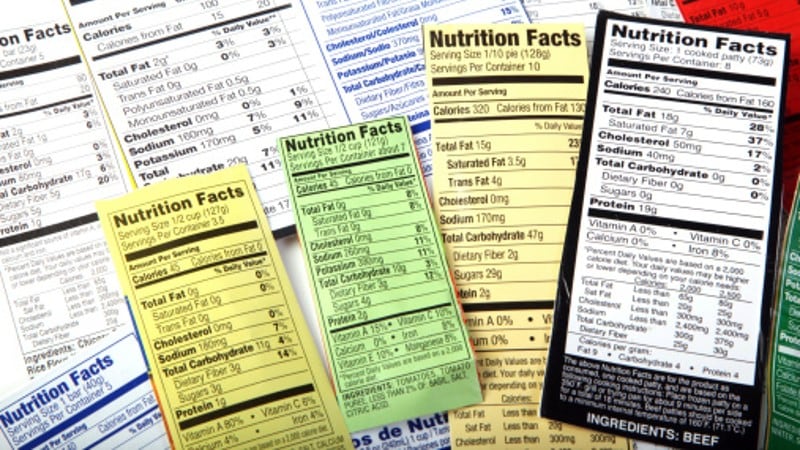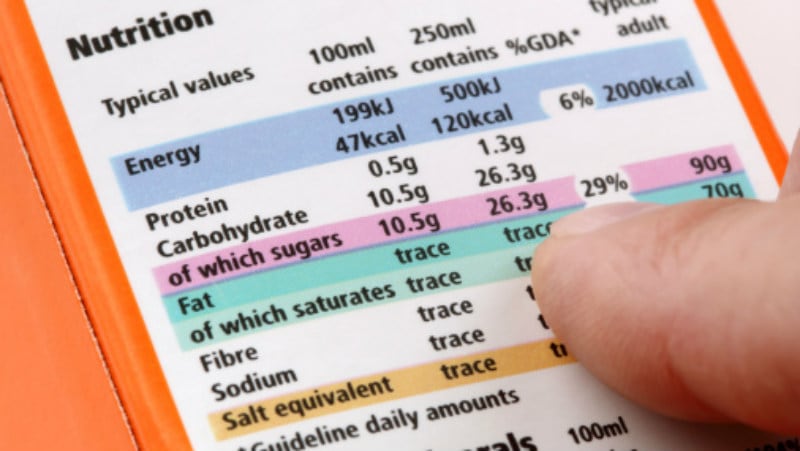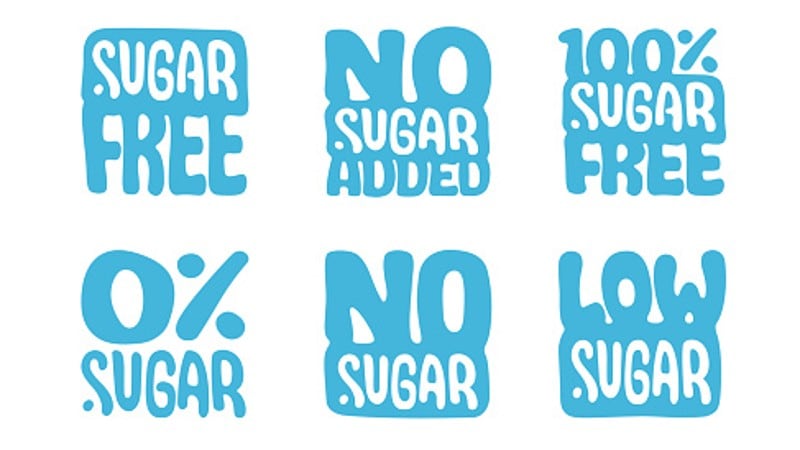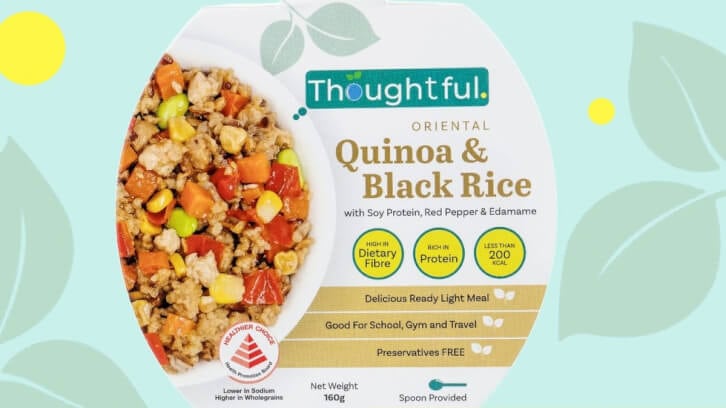Various South East Asian markets from Vietnam to the Philippines have been in the headlines over the past year for making upgrades to policies and guidelines to improve on-pack nutritional labels for foods and beverages.
Thailand is the most recent to have joined this list, having gazetted a slew of regulatory decrees in January 2024 governing how food and beverages must display nutritional labels on product packaging.
“[The regulations as outlined in] this notification shall come into force after 180 days from its publication in the Government Gazette – so enforcement will start on [July 2 2024],” local Minister of Public Health Cholnan Srikaew said via a formal statement.
“All food and beverage products will then need to carry nutrition labelling in compliance with the format and provisions of displaying of nutrition information [as per the] Ministry of Public Health guidelines.
“Food products [manufactured] with labels compliant to previous regulations can still be sold, but the time limit given is not more than three years from the date of these regulations come into force - After this period, the nutrition labelling of all products must be displayed according to these new guidelines.”
New strict guidelines have also been issued for food manufacturers making products that carry health claims, with clear differentiations made between nutrient claims, functional claims and disease risk reduction claims.
“The display of any text, images, markings, trademarks or any other form of information relating to the food or its ingredients affecting health either directly or indirectly will be defined as a health claim,” the ministry stated.
“Claims that the product has a particular nutrient that can benefit growth or development or other functioning will be classed as a nutrient claim; claims that consumption of the product can result in specific beneficial effects associated with positive health or improved functioning will be classed as a functional claim; and claims that consumption of the product can reduce the risk of diseases, symptoms or other health-related conditions will be classed as a disease risk reduction claim.
“All foods that carry health claims must be safe and of a specified quality as defined by local standards, and must contain the nutrient/component relevant to the claim in a form and quantity that has been scientifically determined to be significantly beneficial to health in terms of nutrition or physiology.
“All health claims must be made based on accepted and documented scientific evidence – the documentary evidence must be sufficient to verify the results of the claims being made in relation to health.
“In addition, all health claims must be worded in a way that makes it possible for general consumers to understand the benefits being claimed as well as how the food needs to be prepared for consumption and absorption of [said benefit] – this must include a clear recommendation on the label regarding a suitable measured amount for consumption to [get this] benefit.”
Studies of calibre
Notably, one form of documented scientific evidence required is that the studies where any products have made claims must be of sufficient calibre.
“Because any documented scientific evidence submitted must be sufficient to verify the results on health, this means it must contain a human study within the target population,” the ministry added.
“The study must have been conducted with the collection of appropriate indicators including the quantity of the relevant food or component in the food that the claim is being made for as well as the effective consumption patterns, whereby this needs to be part of the intake of said food in the right proportions as part of a balanced diet.”





